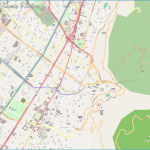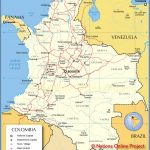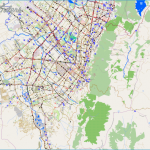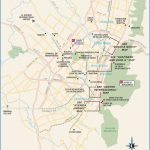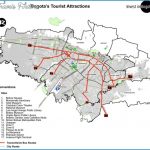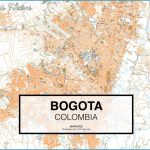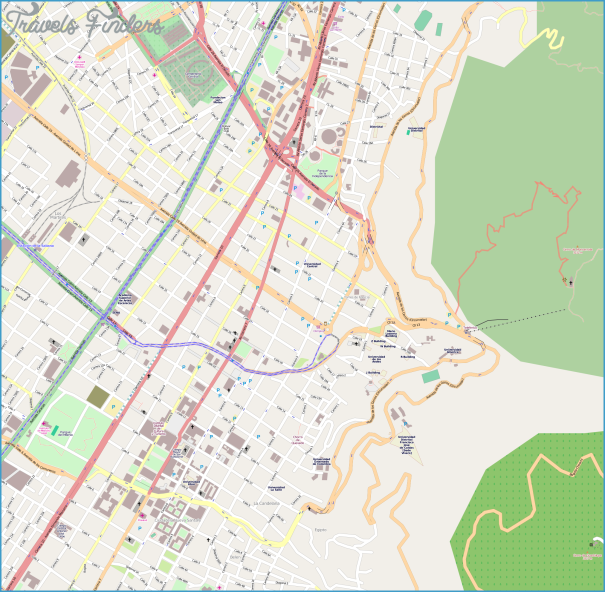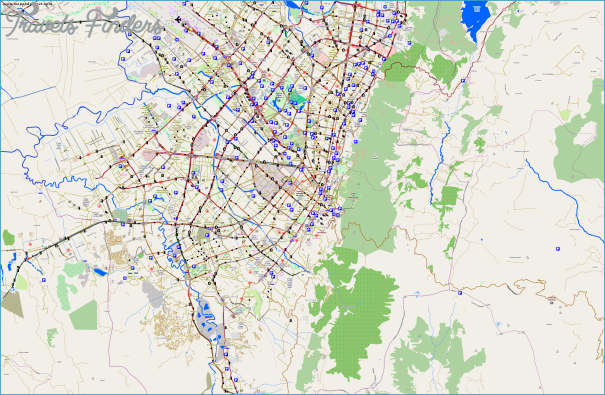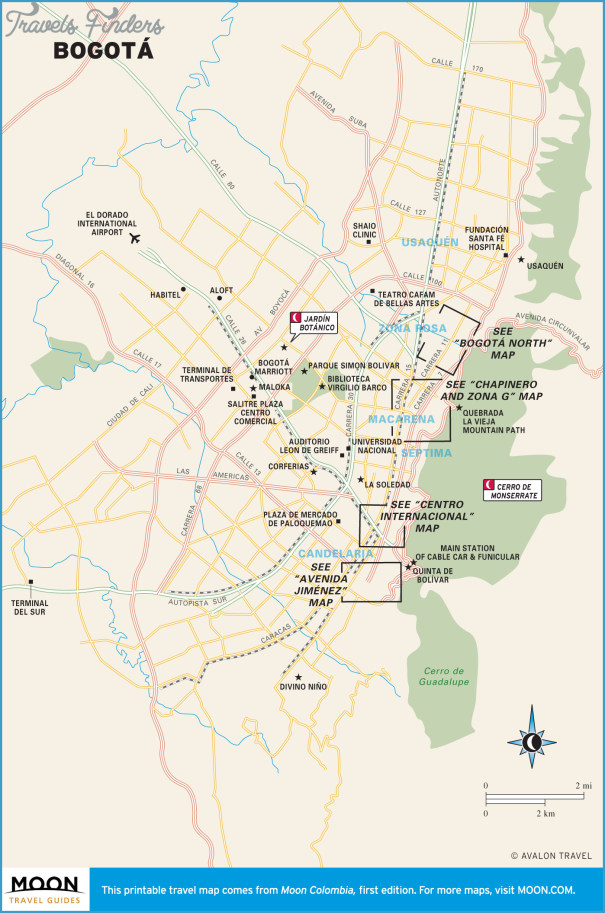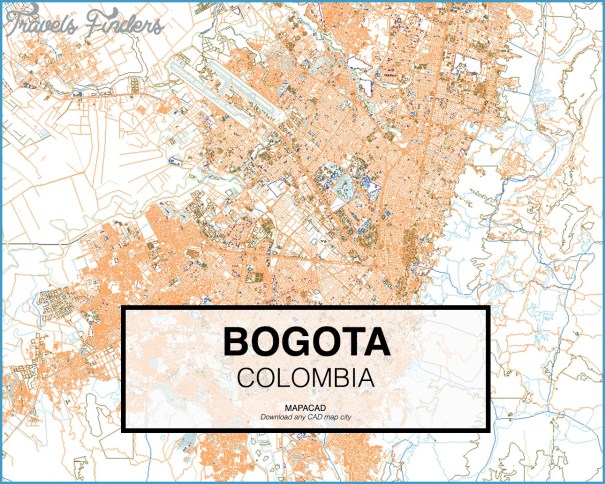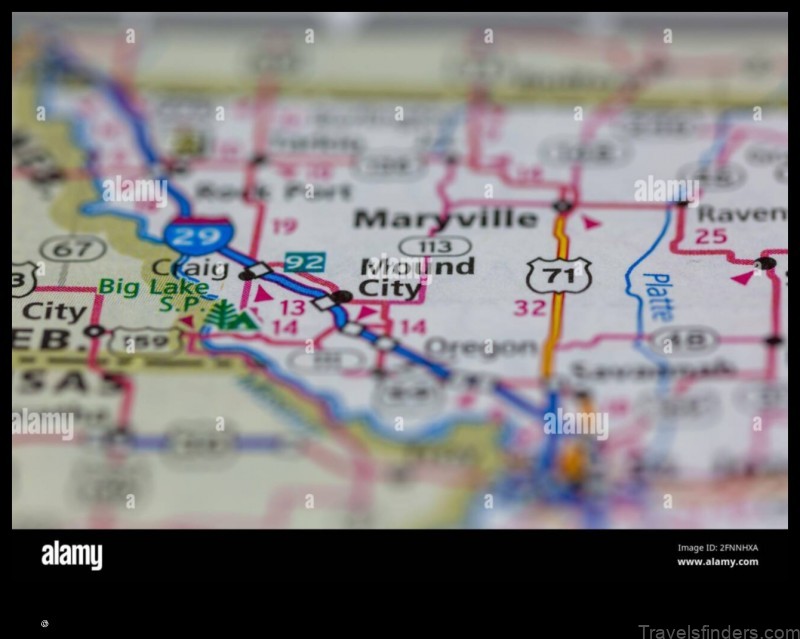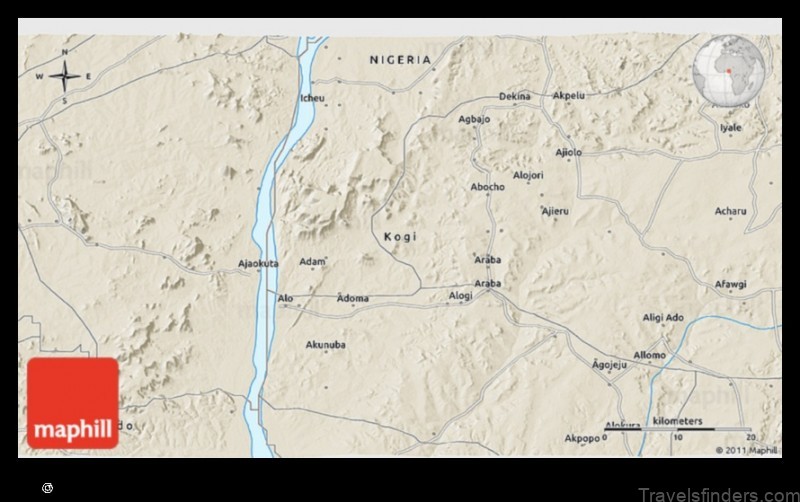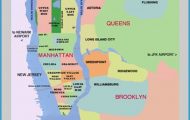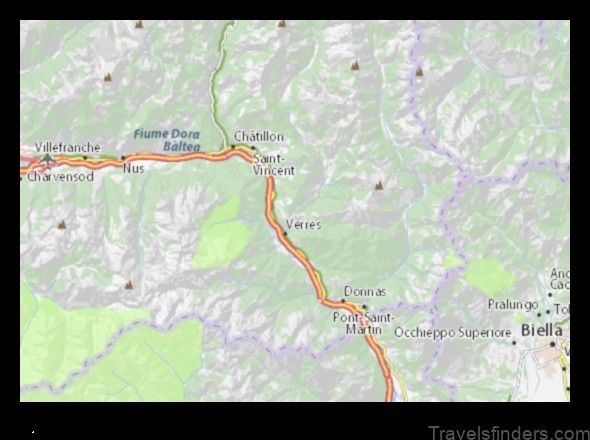Bogota: Striving to Become a Connected Place in the Global South
The city of Bogota is actively working to find the right balance between formal and informal public transport and creating an environment that meets the needs of pedestrians and NMT users. An integrated approach has been used to establish a strong intermodal network, transit-linked social housing, and public places with innovative finance schemes. Home to some 8.7 million people in 2014, half of Bogota has grown spontaneously and illegally, often on hard-toaccess mountain slopes. Social inclusivity, the primary aim of the approach, has been addressed by connecting the geographies of the dispersed social housing sites and promoting equal opportunity for all citizens. The divide between rich and poor in Bogota had long been embedded and reflected in the city’s fabric, resulting in economic and social isolation in many parts of the city. The TransMilenio system has been successful in reducing this isolation. Within the first year of its operation, there was a 32 percent reduction in average bus travel times, a 93 percent drop in bus accidents, and a 98 percent passenger approval rating. Property values along the busway corridor rose owing to improved access and reductions in crime rates and noise levels. Public buses, previously stuck in traffic, now enjoyed dedicated lanes to avoid the jams.
TransMilenio comprises a trunk- and feeder-route grid network. With a fleet of 1,400
buses, the trunk line operates on dedicated bus lanes covering 112 kilometers. There are 12 lines and 144 dedicated, self-contained stations, some with wi-fi. An additional 410 feeder buses transport commuters from important stations to many locations not covered by the trunk line. Feeder buses operate without dedicated lanes and charge no additional fare. The trunk and feeder buses operate using an integrated intelligent transport system for operation optimization, fare integration, and smooth interchanges. TransMilenio serves up to 2.2 million people daily. All of the major work centers in the city are within the catchment area of the network.
When building TransMilenio, the Mayor of Bogota, Enrique Penalosa, incorporated some 350 kilometers of bicycle paths into the system. From 1990 to 2002, US$180 million was invested in bikeways, approximately half the amount spent annually in the US on cycling infrastructure. There are huge bicycle facilities at the end of each TransMilenio line to encourage cyclists to use the system. To promote cycling and walking, 127 kilometers of the city’s main streets and roads are closed to automotive traffic every Sunday and on holidays throughout the year. On these days, over a million users take to the streets on their bicycles. With 12,000 persons per square kilometer, Bogota is one of the most densely populated cities in the Western Hemisphere, and the mixed land use patterns make it very attractive for cycling. Three-quarters of daily trips in the city are less than 10 kilometers, and bicycles can often cover journeys through the city’s traffic-snarled streets faster than cars.
Using ‘green connectors’, Bogota has focused planning on pedestrian and bicycle accessibility. Perpendicular and grade-separated pedways and bikeways connect some of the poorest barrios and informal housing settlements to the busway. As a result, 45 percent of TransMilenio users travel to stations by foot or bicycle. The TransMilenio busway has encouraged more walking per day, even controlling for socioeconomic factors such as age and car ownership.
Place making has been carried out in Bogota in an interesting manner. The use of symbols and performance art to demonstrate the need for a behavioral shift to achieve safe pedestrian spaces was encouraged by the mayor. The initiative has educated motorists while providing public spaces that stimulate community interaction. Ciclovia has reactivated public spaces by transforming vacant lots into parks. It has also improved safety, encouraged active living, and created a stronger sense of community. The bike routes traveling through the rich and poor areas of the city have provided connectivity and have attempted to merge the divide between these areas.
Bogota’s city-wide model, which is environmentally sustainable, has now been adopted by more than 50 cities worldwide. The success of the model is demonstrated by the fact that public transport is used for 69 percent of all trips within the city. However, in spite of its progressive and innovative policies and measures, Bogota faces significant challenges concerning land use and transport integration, ineffectual density policies and inadequate physical design detailing, institutional inefficiencies, and a lack of coordination.
The increase in building density across the city has been lower for areas closer to the BRT stations than along the surface bus corridors feeding the stations. There was a 7 percent increase in the mean FAR throughout the city between 2004 and 2010 as compared to a 5 percent increase within 1 kilometer of stations along the initial 42-kilometer system. The lack of station area plans encouraging private investment through incentive zoning mechanisms has hampered growth and reduced the ability to capitalize on the added value created by the new transit. The placement of stations at the medians of busy roads has created a poor pedestrian environment, and thus discouraged commercial development around stations.
Bogota is now developing a new integrated transit project based on the concept of a public transportation integrated system, which will allow the city to work in close collaboration with private developers to sell or lease air rights or underground use rights. The revenue generated could fund a range of social housing, infrastructure provision, and place-making initiatives.
Bogota Map Photo Gallery
Institutional support is needed to implement these plans, but this can be problematic within the current planning and administrative structure. Bogota has a decentralized administrative system. Although it is vertically aligned to allow harmonious sectoral planning and development, a weak horizontal relationship across sectors makes it almost impossible to manage both planning and implementation. Barter argues that the way to overcome this is through dialogue, meetings, workshops, and seminars, which will allow everyone to participate, identify problems, and suggest solutions. A conversation in three dimensions is required: between land use and transit investments, between long-range and short-range planning, and between different levels of government. On the other hand, Shanghai and Singapore have demonstrated the benefits of coordinated decision making, centralized control over land use, and housing and transit investment by local municipal government.
Cities of the Global South need improved access to jobs and amenities, increased economic and social development, and efficient movement of goods. Informal transport and two-wheelers make a positive contribution to these goals. Social and environmental sustainability is, however, a major concern if enhanced mobility relies primarily on conventional modes of transport. The result will be worsening air pollution and traffic congestion. Reducing the use of individual vehicles and promoting the use of environmentally sustainable collective modes of transport are key challenges.
Although large populations present a significant challenge, cities benefit from high population density. Other useful benefits that are rarely found in developed cities, such as ‘eyes on the street’, are present in most cities of the Global South. However, many sociocultural issues greatly hamper the use of the available infrastructure. Community engagement movements that empower citizens by bringing them into the conversation are critical. It is important that the cities of the Global South leverage their innate strengths by retaining their sustainable transport modes and higher densities when planning for future transport and place connectivity.
Reducing negative externalities, such as air pollution and greenhouse gas emissions, while promoting social equity can occur only if automobile-dependent sprawl is avoided. Large increases in urban population add to already compromized transportation systems. The study by Suzuki et al. reveals that transit in many of the cities of the Global South has so far focused only on relieving congestion. Such a myopic vision may fail to incorporate strategies that would connect places.

